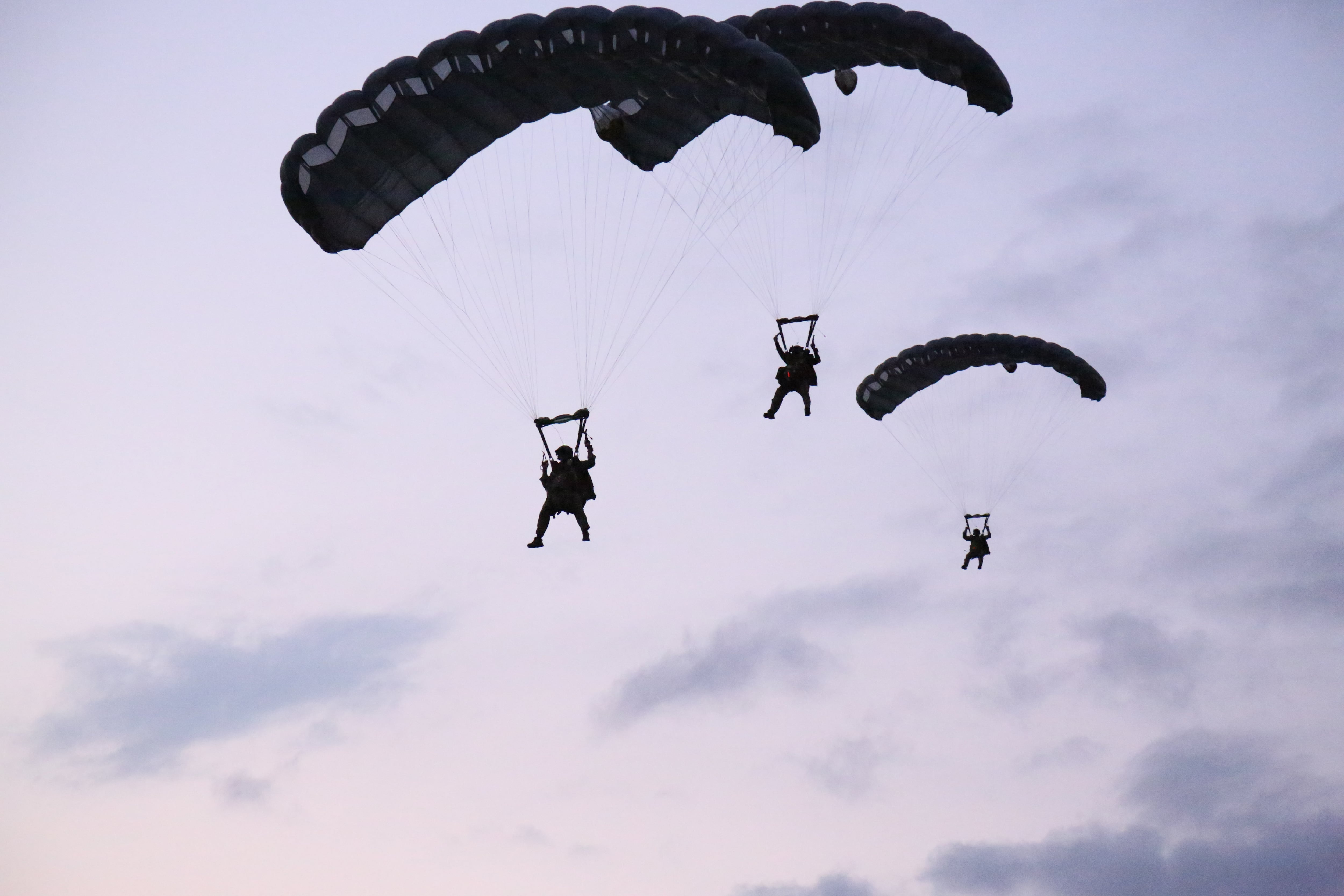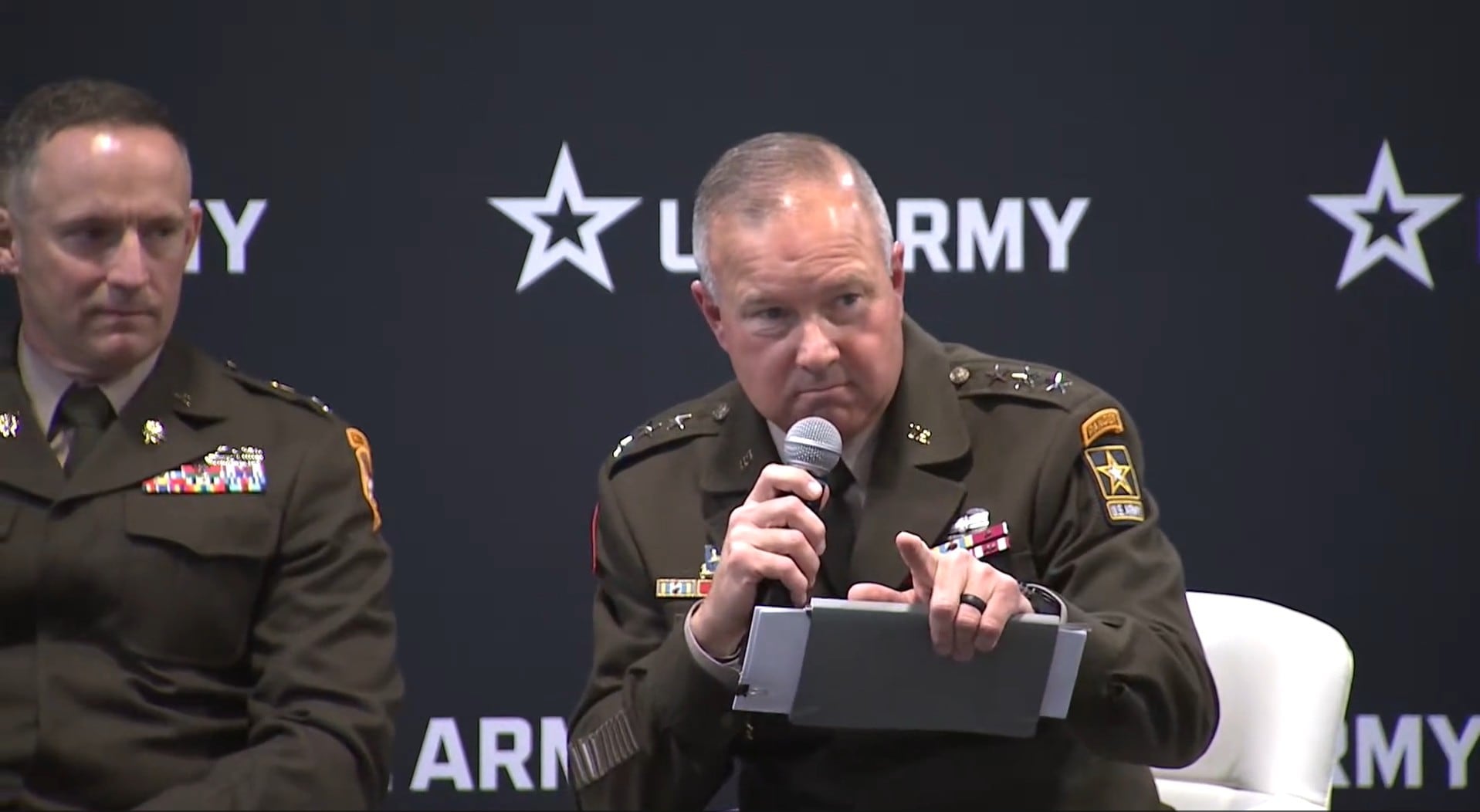TAMPA, Fla. – The secretary of defense championed special operations forces as a key leader in the Pentagon’s priorities of maintaining high standards and meeting threats with asymmetric tools.
“Special Operations have never been more important in our country,” Defense Secretary Pete Hegseth said at the annual Global SOF Foundation Special Operations Force Week in Tampa.
Hegseth noted that over the past three years SOF-specific missions have risen by 200%. And over the past six months, SOF units have killed 500 enemy combatants and captured another 600 in operations throughout the globe, Hegseth said.
That increase was coupled with a 35% surge in deterrence support that has been requested of SOF units and Special Operations Command.
RELATED

The head of that command, Gen. Bryan Fenton, echoed his boss’ comments, stressing the asymmetrical nature of what the force does.
“We’re the scalpel, but if the time comes we can bring the hammer,” Fenton said. “We’re tailor-made for this era ... where asymmetry matters more than it ever has.”
Those advantages will wither, however, without the right technology — part of the pitch for this conference connecting industry entities with special operations planners.
“We can’t and we won’t fight today’s opponents at yesterday’s pace,” Hegseth said.
That means rapid adaptation and evolving capabilities.
The defense secretary called rapid fielding, innovation and feedback critical for SOF success.
Fenton noted that adversaries such as Russia, China, Iran, North Korea and terrorist organizations are “fusing” their efforts to work collaboratively.
The four-star said that with the increase in missions also comes more challenges as an ever-growing portion of the areas in which they operate are contested by adversary systems.
Fenton pointed to Sonic Spear, an exercise conducted in April that merged communications, virtual constructions and live training. The exercise tested SOCOM’s ability to host and synchronize all the way from the seabed to low-Earth orbit.
Experts analyzed how SOCOM contributes to the joint force’s ability to sense and strike targets across various spectrums.
“Sonic Spear 25 is our first go at this,” Lt. Gen. Francis Donovan, SOCOM vice commander, told Defense Scoop at a National Defense Industrial Association event in February. “Let’s push our autonomous investments, some other investments we’re making. ... What do our forward forces need to be able to control ourselves, control our robots and then link in with the joint force?”
The aim now is to create an O-6 level multidomain special operation task force. The Army has created similar units known as Multi-Domain Task Forces, two for the Pacific theater and one designated for Europe.
Real world scenarios, meanwhile, are showing the need for change.
“If we’ve learned anything from our partners in Ukraine, you innovate in minutes, days and weeks, not years and decades,” Fenton said.
Todd South has written about crime, courts, government and the military for multiple publications since 2004 and was named a 2014 Pulitzer finalist for a co-written project on witness intimidation. Todd is a Marine veteran of the Iraq War.





